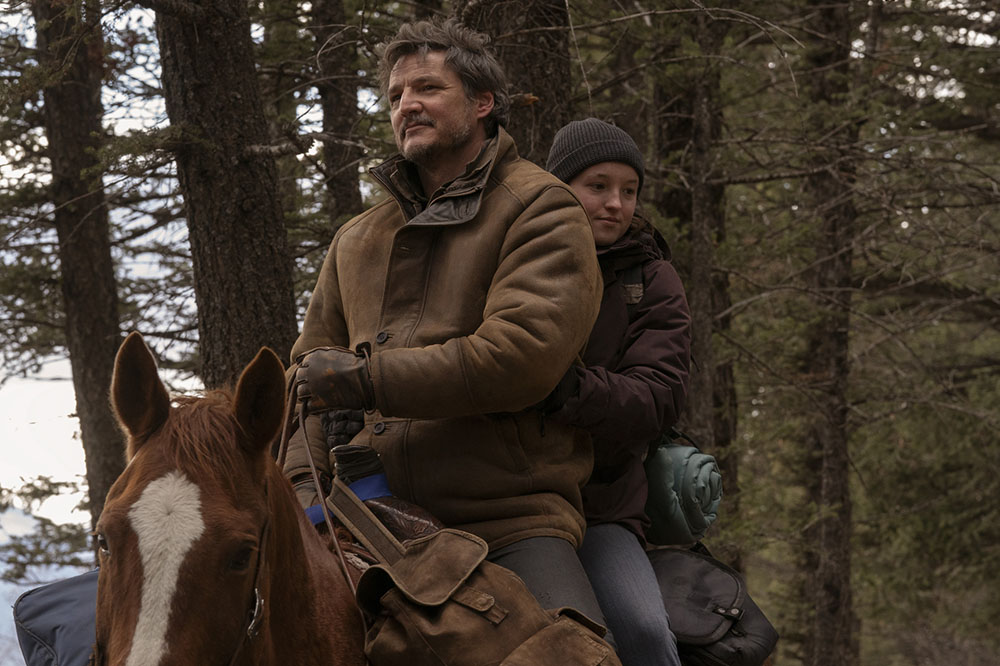
This article was published in PostPerspective.
The Last of Us, HBO’s series based on the videogame of the same name, is full of violence and zombies created by a parasitic fungus. And, like the game, it’s an intimate character study that tells the story of Joel (Pedro Pascal), a smuggler, who has to protect and escort Ellie (Bella Ramsey), a teenage girl with a rare immunity to the plague, across a US ravaged by the zombie apocalypse.
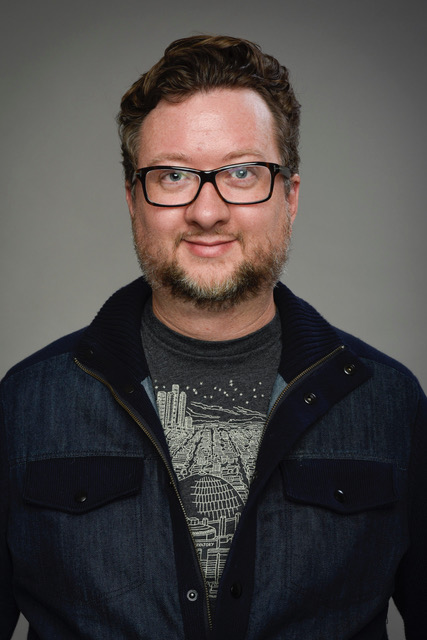
The nine-part series was created by Naughty Dog’s Neil Druckmann, who also created and wrote the 2013 game, and co-showrunner Craig Mazin, the writer behind HBO’s Chernobyl. The series racked up 24 Emmy nominations, including ones for editors Timothy Good, ACE, and Emily Mendez.
I spoke with Good and Mendez about the editing challenges, collaborating with the showrunners and the post workflow.
Tell us about working with Neil Druckmann and Craig Mazin as well as how you approached the edit.
Timothy Good: Here’s the fun thing about them: They’re incredibly generous with artistic interpretation, so they told us nothing. They didn’t give me a sense of how it should be cut. They just said, “Do what you do, and we’ll see how it works.”
I’d never played the game, but Emily had, so our strategy going in was that I’d be able to interpret it for an audience who didn’t know the game, and she’d be able to understand it for people who did. Of course, Neil and Craig know the game intimately, so they’d be able to adjust it. The only thing we got in preparation for editing was the screenplay, which was a very dense, rich document with a ton of description. It was an excellent road map to what they were looking for, and we just took off from there.

How did you guys divide the episodes?
Good: I cut the pilot and Episodes 3 and 4, and then Emily and I cut four more together. Craig’s initial approach was, “Do what you do, and then I’ll see if you connect with what I’m doing.” And evidently, I connected perfectly with that because he said to me, “I want you to do as many of them as you possibly can.” I told him I’d try, but it would probably be impossible because it’s so much work.
In addition to the three episodes I’d already been given, he wanted me to cut Episode 7, which we shot out of sequence for weather reasons, but I just didn’t have enough time. That’s when I suggested bringing on Emily, and I told him I’d take over if it didn’t go well – knowing full well that she’d succeed. And she did, at which point Craig said, “Now you guys get to operate as a team,” which was awesome, as there was no way to get through four more mini-features in such a short time.
Emily, you used to be Tim’s assistant, and here you are as Tim’s co-editor on four episodes. How does that work? Give us a sense of how you guys collaborate.
Emily Mendez: We’d co-edited before on a couple of episodes in Season 3 of The Resident. When I came on this show, I was his assistant, and he threw me a few scenes to edit on Episode 3, called “Long, Long Time.” It was the first episode we worked on, and once Craig saw them and liked them, Tim told him I’d cut them, so Craig was aware I could cut. During that time, I was also working closely with Craig on temp sound design, so I was building that relationship and a kind of shorthand with him. He loves sound, as do I, and we’re both very passionate about it, so we bonded very closely over it.
Live-action video game adaptations are tricky. How did you avoid the pitfalls of making it look too much like a game while keeping it compelling for viewers?
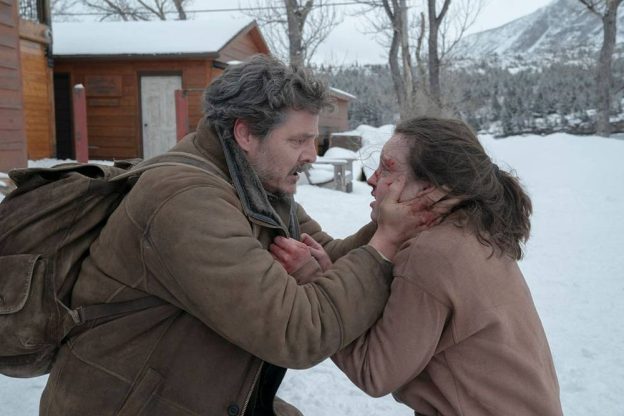
Mendez: From the beginning, Neil and Craig took a really grounded approach. They were honoring the game but still creating a show we could enjoy and connect with. The scripts were so beautiful, and I always felt we were in a place where it’s grounded and real.
In the edit, Tim and I always took that approach, of staying grounded and connected to our characters — always story-based and character-based.
Good: The other thing is that, as Craig has said, a video game is a very active and participatory medium, while a TV series is very passive. So he had to adjust everything the game was into a passive format, so you never felt like you were a participant, but always an observer. That’s how he’d translated the game story into the screenplays with Neil. That allowed us to read them like film as opposed to a participatory medium, and always through the lens of character.
Tell us about the workflow. What editing gear and storage setup did you use?
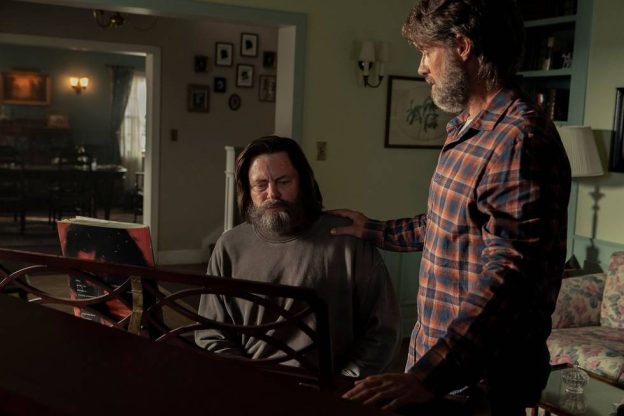
Good: We shot the vast majority of the film in Calgary on ARRI Alexa Minis, capturing a 2.8K extraction from 3.2K ProRes. VFX turnovers were EXR. RPL supplied our Avids, and we used their nifty cloud-based system. I believe we started out with a 32TB Unity and added more storage by the end.
Where was all the editing and post done?
Good: Mostly in small post offices in Burbank. I was in Calgary for the first three months, starting with Episode 3, and they sent me back. The picture edit of those seven episodes took one year to do. The rest of it was the sound mixing, VFX and so on.
What was the hardest scene to cut and why?
Good: That’s a really good question. I’d say the trickiest scene was the big battle sequence in Episode 5, mainly because we had so much material. It was filmed over three weeks at night, and it was the big action set piece of the entire season. The director was Jeremy Webb, and he had four cameras running at all times, so the footage was massive. And my process is that I need to see it all. So I watch everything and catalog it all and start creating little selects of every single piece that I think will work in telling the story. Then I put it all together in a massive sequence.
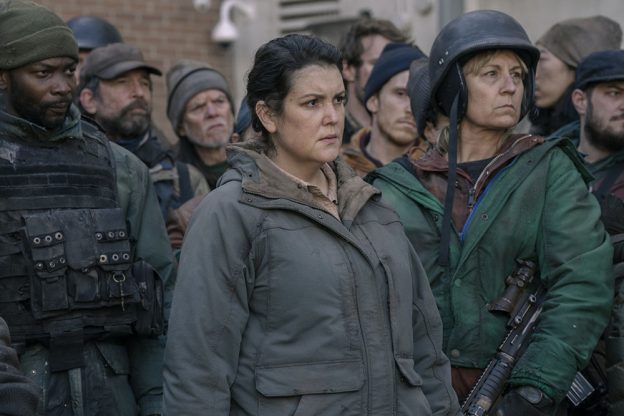
Then Jeremy saw it and made his adjustments. Then Craig saw it and said, “It’s great except for one thing: The story’s being hidden. We need to find the story of the actual battle. How can we make it about Joel and Ellie’s character connection?”
I then had to spend days going through all the footage to create a skeleton of how these two interact within the context of the battle and figure out a way to show how Joel only shoots while protecting Ellie. He never shoots otherwise. Ellie’s always on the move and unpredictable, causing Joel to have to react all the time and panic at the thought of losing her.
There are a lot of VFX. Did you use temp VFX?
Mendez: Yes, depending on what we were working on. We had a VFX team in the office with us and they’d help us with temps as needed. For the battle scenes, a lot was practical but we had VFX for “the bloater.”
Good: Alex Wang was the VFX supervisor, and we had a ton of vendors — including Weta and DNeg — working on over 3,000 shots. What was great was that production design did most of the work for the actors so they could feel like they were in this world. Then VFX took over above the frame; the bluescreens would only start 12 feet above the frame and eyeline.
What about sound? Did you use sound temps?
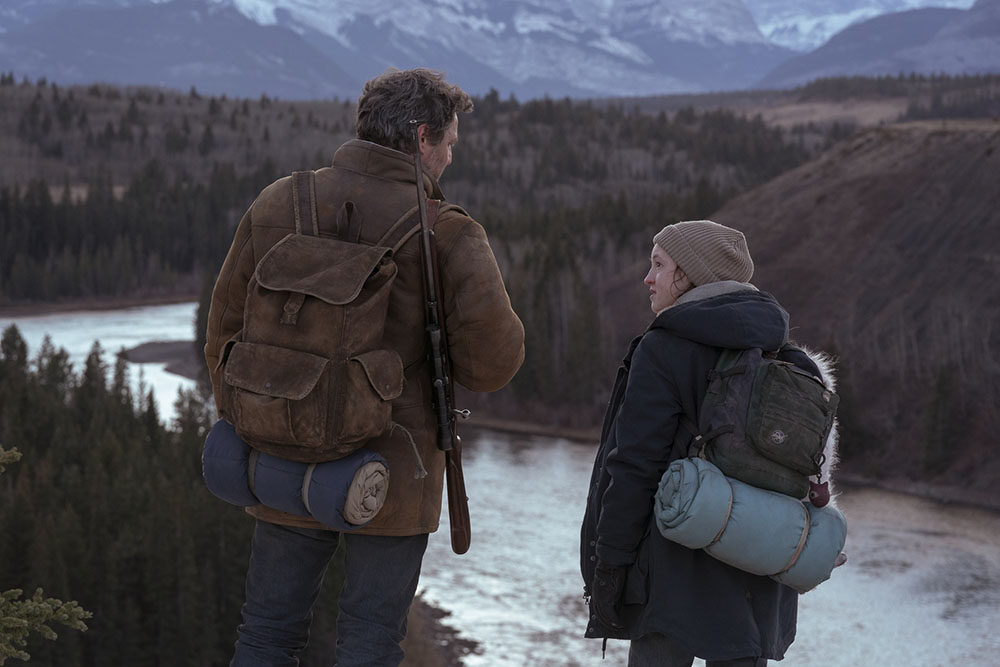
Mendez: Yes, and figuring out the sound design was a long process. For instance, on the pilot we had some very complicated scenes, including the plane crash. In the earlier version we had a sort of chaotic soundscape with lots of layers — people screaming, alarms going off and so on. Craig watched it and suggested scaling it back, so on my second pass we had a gunshot in the distance, a transformer blowing, and so on. The sounds were more deliberately placed, which allowed more silence. So then we went with more restraint, which made it more tense, and that became our template.
Congratulations on your Emmy nominations. Where does this rate in terms of creative challenges and satisfaction for you?
Good: It’s the best thing I’ve ever done, the most wonderful collaboration I’ve ever had and the most difficult challenge ever.
Mendez: I agree completely, and it’s given me so much opportunity to grow. I’ve loved everything about it.
Industry insider Iain Blair has been interviewing the biggest directors in Hollywood and around the world for years. He is a regular contributor to Variety and has written for such outlets as Reuters, The Chicago Tribune, The Los Angeles Times and the Boston Globe.